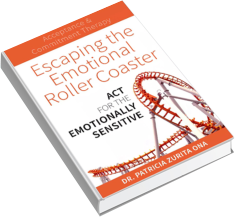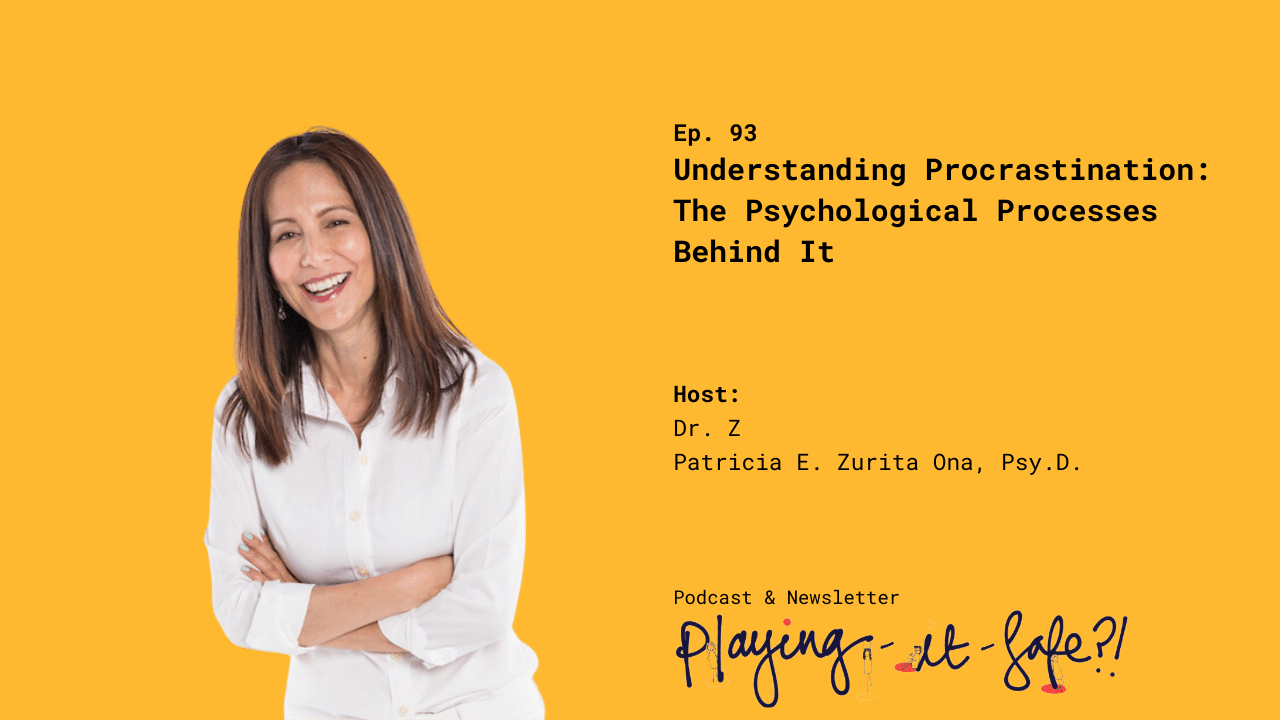You’re staring at the email draft about the job promotion, your cursor hovering over the “Send” button. The simple act of applying for the senior position has become a complex landscape of doubt.
What if the wording isn’t perfect? You’ve rewritten the first paragraph seventeen times. Each version feels simultaneously too confident and not confident enough.
Imagine your manager reading your email, picking apart every comma, and analyzing each carefully constructed sentence as if it were forensic evidence.
If you use the word “innovative,” will it sound genuine or desperate?
That descriptor you used in the third paragraph — does it truly capture your professional essence?
You’ve spent three hours selecting synonyms, weighing the nuanced implications of “strategic” versus “forward-thinking.”
Is your smile in the professional headshot you’ve attached too wide? Too forced? Does it communicate confidence or does it seem like you’re trying too hard?
You’ve cycled through fifteen different photos, each subjected to microscopic scrutiny.
What if they ask about your weaknesses?
An hour has passed by, and you haven’t sent that email.
Ayayay…
Has your life become a carefully curated fortress of safety?
Think of your career life for a moment. Have you been in the same position for seven years, despite consistently receiving performance reviews that suggest you’re overqualified?
Perhaps, the thought of applying for a senior role triggers an avalanche of defensive reasoning.
“I’m comfortable here,” you tell yourself.
Your mind has come up with various justifications for staying put. The current job offers predictability: same commute, same colleagues, same tasks. You know precisely how many steps it takes to walk from your desk to the break room, how the coffee machine works, and the exact rhythm of office small talk.
Any deviation feels like a potential catastrophe.
When opportunities for promotion arise, your mind becomes a sophisticated risk-assessment machine. You imagine every possible failure scenario with cinematic detail:
- What if you apply and don’t get the job? You imagine all the paralyzing embarrassment you may feel.
- What if you get the job and can’t perform? You construct images of how professional humiliation looks and sounds.
- What if your current colleagues resent you? You imagine your colleagues staring at you with angry eyes.
Think about your search for an authentic, loving, and caring romantic relationship. Has dating become an exercise to play-it-safe and minimize commitment? You appear interested while maintaining emotional distance from the person in front of you. Your first dates rarely progress to second dates because you hold quickly onto reasons why that person is not a good fit for you without knowing much about them.
What about your hobbies?
Are you choosing your hobbies as a crafted selection that minimizes the possibility of making a fool of yourself? Do you take classes where your performance and success is guaranteed? Are you joining groups with low expectations so you don’t feel embarrassed?
Your friends tell you, “You could do so much more,” they say. But “more” represents uncertainty, unpredictability, and unknowns. And those are the yucky experiences you’re constantly minimizing.
Understanding Your Mind’s Protection Mode
Your mind generates an estimated 12,000-60,000 thoughts daily. Buddhist psychology teaches us that the mind’s constant activity — what the Buddha called “monkey mind” — is the natural state of your mind.
Thinking — in all forms — comes and goes.
Your mind is supposed to do three things: come up with stuff, connect stuff, and protect you from potential negative stuff.
Playing-It-Safe Feels So Compelling
You’re wired to play-it-safe by design. Your mind is wired to scan for threats, avoid risks, minimize hurt, and keep you alive, no matter what. That’s one of its jobs!
Your mind wants to keep you safe, at all costs.
You might recognize your mind’s proneness to search for safety when you think about “playing it safe” and when you make a playing-it-safe move:
- Declining a new job opportunity because it feels unfamiliar
- Avoiding social events to prevent discomfort
- Sticking to routines that feel secure but stifling
- Editing emails multiple times before sending them
- Mentally rehearsing conversations before social events
- Postponing decisions until feeling 100% certain
- Criticizing yourself as a form of preparation
- Worrying about terrible future scenarios
- Dwelling on your past mistakes
- Putting others’ needs first most of the time
This protective function of your mind is essential for your survival, isn’t a flaw, and it can be adaptive at times, but it can also get in the way of your well-being and life if you don’t check how often you’re playing-it-safe, why you do it, and how it works.
Finding Your “Middle Way”
Life often feels like a balancing act, doesn’t it?
On one side, there’s your desire for psychological safety, predictability, security, and an anxiety-free life. On the other, there’s your yearning for growth and new experiences. When you lean too far toward caution, when you play-it-safe too often, life can feel stagnant, even small. But when you rush headlong into risk, it’s easy to become overwhelmed, stressed, or burned out.
So, how do you find that sweet spot — a place where you feel safe enough to take risks that fosters your well-being?
The Middle Way and the Window of Tolerance























